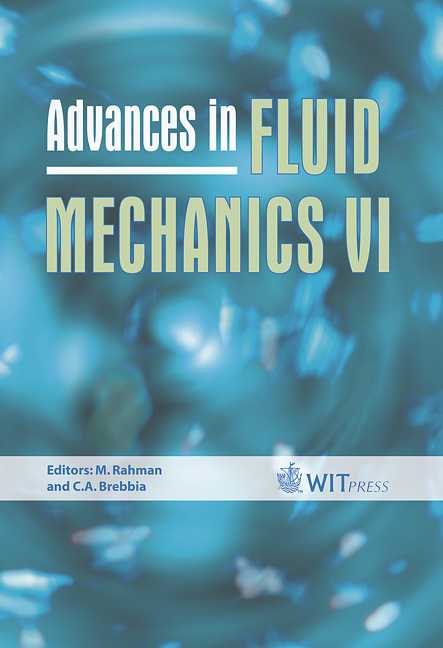Revising Darcy’s Law: A Necessary Step Toward Progress In Fluid Mechanics And Reservoir Engineering
Price
Free (open access)
Transaction
Volume
52
Pages
8
Published
2006
Size
418 kb
Paper DOI
10.2495/AFM060601
Copyright
WIT Press
Author(s)
C. Ketata, M. G. Satish & M. R. Islam
Abstract
After drilling wells to reach an oil and gas reservoir, its production starts following the fluid flow under surrounding pressure. To characterize an oil and gas reservoir and estimate its production correctly, it is paramount to model its fluid mechanics properly. So far, the main models used to simulate oil and gas flow utilize Darcy’s law. However, these run short due to its limited applications and lack of adaptability in oil and gas reservoirs. This paper introduces a novel fluid transport law in porous media that can be used in oil and gas reservoir, as well as in civil, chemical, mechanical, and mineral engineering cases. This comprehensive model describes the oil and gas flow in a reservoir efficiently. It proposes that the pressure gradients in the flow directions depend not only on the fluid velocity but also on a power series and a series of first and higher order partial derivatives of fluid velocities, among other factors. The coefficients in these series are specific to the fluids and rocks representing the reservoir. They portray the fluid-rock interaction. They include rock properties such as composition, porosity, and permeability. Porosity is the ratio of the space taken up by the pores in a rock to its total volume. The pore space determines the amount of space available for storage of fluids. Permeability is the ability of a rock to allow fluids to pass through it. In addition, the flow model is affected by fluid types and properties such as composition, density, and viscosity. Viscosity is the property of a fluid that causes it to resist flowing. Keywords: fluid flow in porous media, Darcy’s law, fluid mechanics, oil and gas engineering, reservoir engineering.
Keywords
fluid flow in porous media, Darcy’s law, fluid mechanics, oil and gas engineering, reservoir engineering.





